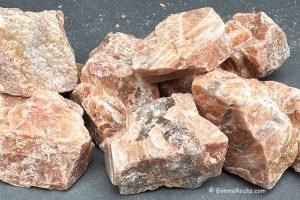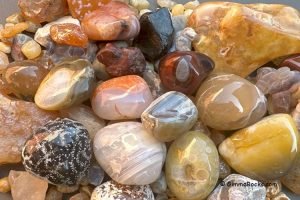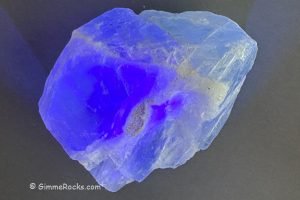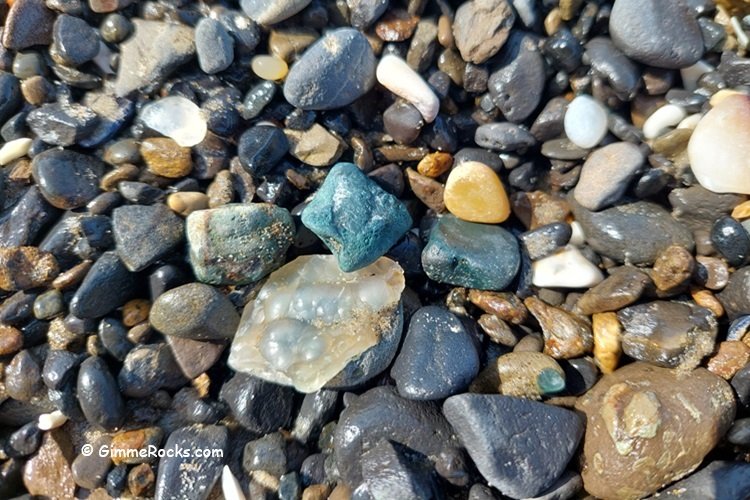
Have you ever picked up a shiny rock and wondered what it's made of?
I certainly had (no wonder I love rockhounding). Or why do some rocks have sparkly bits while others are dull?
Well, let me tell you about minerals, the natural treasures hidden inside those rocks. Minerals are the building blocks of Earth. They make up rocks, mountains, and even the. They are also the reason you can read me on your phone.
Let's dive into what minerals are, how minerals are formed, and why they're so fascinating.
What Are Minerals?
Minerals are naturally occurring, solid substances that form inside the Earth.
They have a specific chemical composition and an organized structure called a crystal lattice. Think of minerals as nature's artwork.
Some, like quartz, are simple with clear or white hues, while others, such as amethyst features striking shades, or pyrite, known as "Fool's Gold" for its yellow metallic luster.
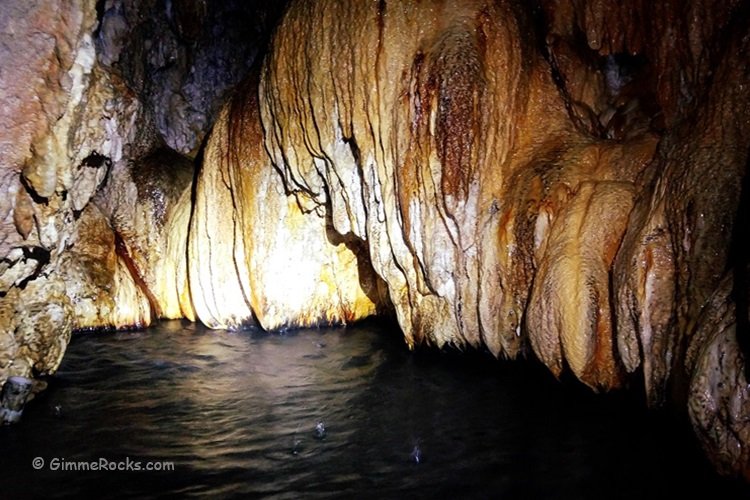
Minerals Must Check These Boxes:
- Naturally Occurring: Made by nature, not humans.
- Inorganic: No plants or animals involved.
- Solid State: Always solid (not liquid or gas).
- Chemical Composition: Each has a unique "recipe" of elements.
- Crystalline Structure: Atoms are arranged in an orderly pattern.
Want an example? Let's talk about quartz. It's made of silicon and oxygen (SiO₂) and has a pretty crystal shape.
Now you know the basics of what are minerals!
How Are Minerals Formed?
Minerals don't just pop up out of nowhere. They form through geological processes taking millions of years.
Here is a short description of the process.
Cooling Magma or Lava
When magma (molten rock) cools, it hardens into rocks, and minerals crystallize within. The slower it cools, the larger crystals are formed.
Picture a hot lava flow turning into shiny, mineral-filled rock when it cools.
Example: Granite has minerals like quartz and feldspar.
Evaporation of Water
Sometimes, water evaporates and leaves behind dissolved minerals. This is how salt forms in dried-up lakes or seas.
Example: Have you ever been to a salt flat? That's where halite (rock salt) comes from!
Heat and Pressure
Deep underground, rocks are squeezed and heated so much that their minerals change into new ones. This is called metamorphism.
Example: Limestone turns into marble under heat and pressure.
Precipitation from Water
When mineral-rich water flows through cracks in rocks, minerals like calcite or gold can grow there over time.
If you have ever wondered how are minerals formed, these are the main processes to know.
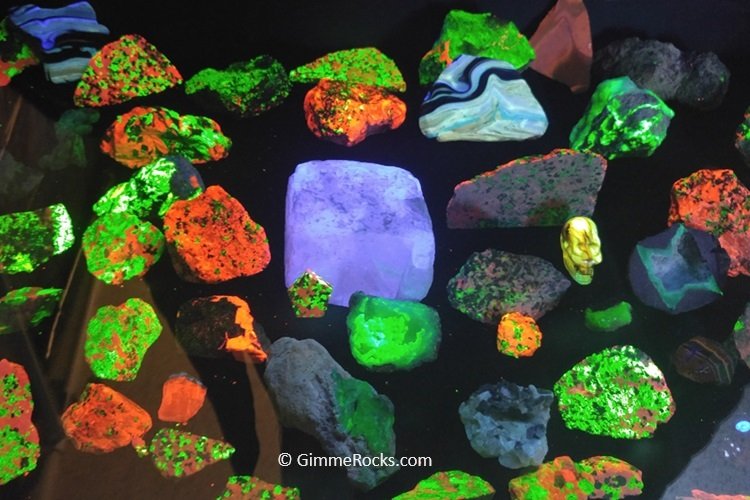
How Do We Identify Minerals?
So, you've found a cool rock. How do you figure out what mineral is inside?
Geologists and rockhounds rely on a few simple tests to identify minerals:
Color: What does it look like?
Hardness: Can it scratch glass or be scratched by a nail?
Luster: Is it shiny like metal or dull like chalk?
Streak: What color is its powder when scratched on a streak plate?
Cleavage: Does it break into neat pieces or shatter randomly?
For example, pyrite is metallic and shiny, while nephrite is typically green with a waxy luster.
Why Are Minerals Important?
Minerals aren't just pretty to look at. They are super useful and create thousands of things we use every day!
Here are a few examples:
Building Materials: Limestone is used in cement.
Jewelry: Diamonds, emeralds, and rubies are minerals.
Technology: Minerals like quartz are in watches, and rare earth minerals power your phone.
Everyday Life: Salt (halite) flavors your food, and talc is in baby powder.
In short, no minerals means no things we get used to in our daily lives.
Fun Fact: Rocks vs. Minerals
Here's a quick tip to remember: minerals make up rocks, but rocks don't make up minerals.
Think of it like this: minerals are the ingredients, and rocks are the final dish.
For instance:
Granite (a rock) is made of quartz, feldspar, and mica (minerals).
Sandstone (a rock) is made of tiny quartz grains.
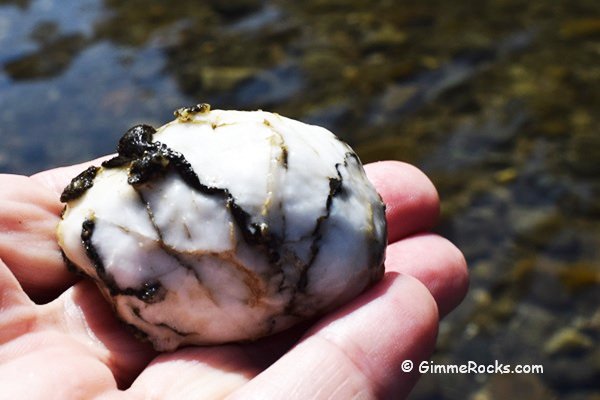
Interesting Minerals You Can Find
Here are some of the few cool rocks you can find on your adventures.
Obsidian - shiny, black volcanic glass that forms when lava cools quickly. It's sharp enough to be used in tools and blades.
Agate - a banded, colorful variety of quartz often found in geodes, while jasper is an opaque form of quartz with earthy tones like red, yellow, and brown.
Fluorite - a bright, often fluorescent mineral that comes in many colors, from green to purple, and is used in optics and decorations.
Serpentine - a smooth, greenish surface, is often carved into jewelry and ornaments.
Oregon Sunstone - a sparkling feldspar gemstone with copper inclusions that give it a warm, glittery glow. This is a unique rock you can only find in Oregon, hence the name.
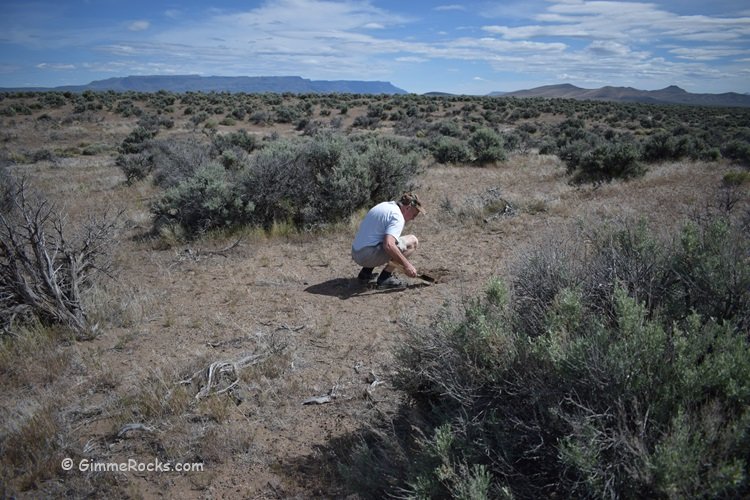
Final Thoughts
Minerals are more than just "pretty rocks." They're the foundation of our planet, from the mountains to the sand on the beach. They tell stories of how Earth was shaped and give us tools to build, create, and live.
Next time you see a shiny crystal or a rough rock, take a closer look. What minerals might be hiding inside? What story is it trying to tell?

